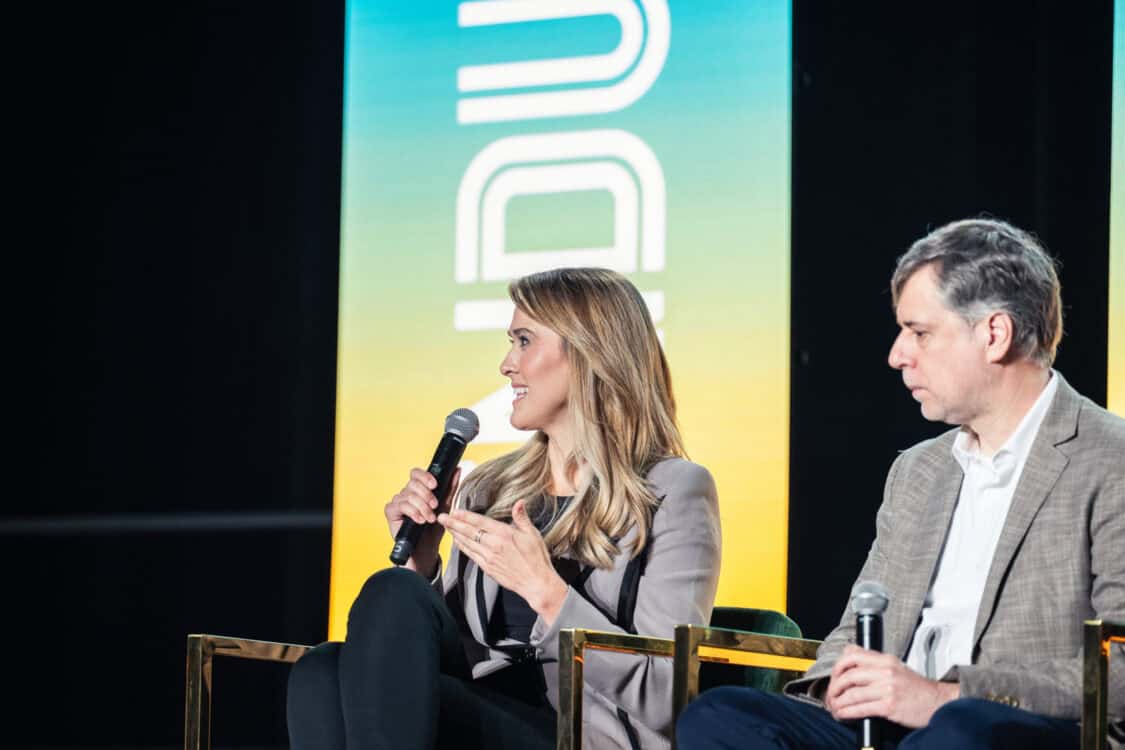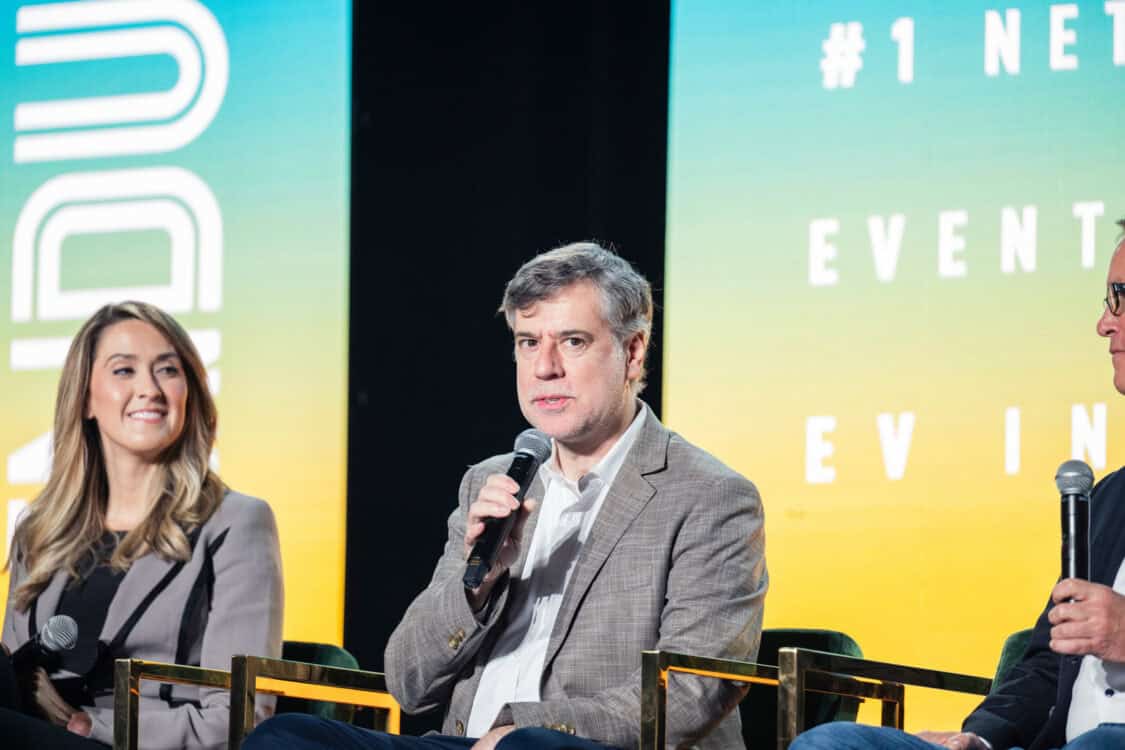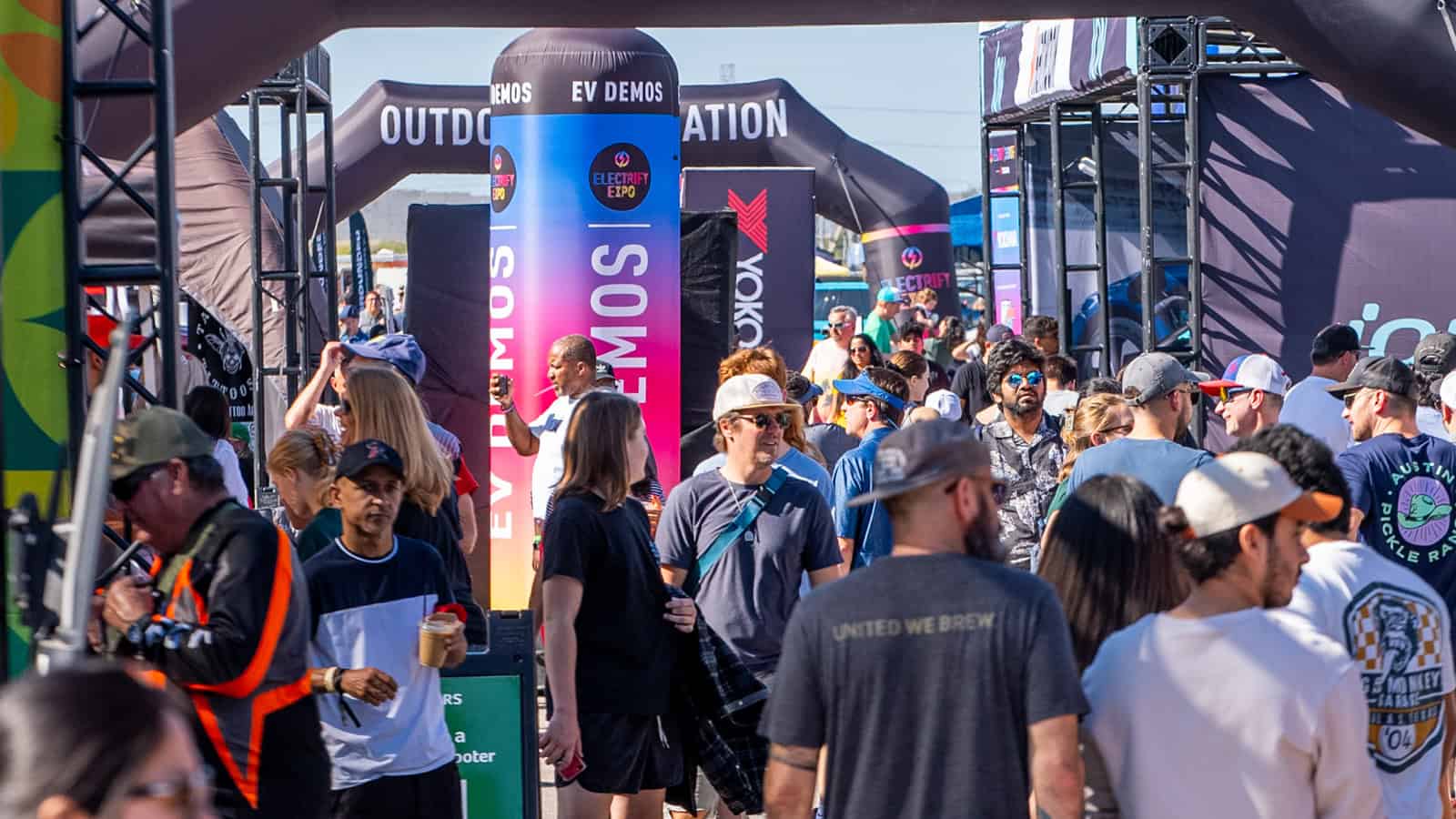At the Electrify Expo Industry Day 2024 in Long Beach, a panel of experts, including Laycee Schmidtke (known as Miss GoElectric), James Carter from Vision Mobility, and Tom Bowen from QMerit, moderated by Emily Dreibelbis of PC Mag, discussed the evolving landscape of EV charging infrastructure, particularly focusing on the recent adoption of the Tesla Supercharger network by other car brands and the transition to the North American Charging Standard (NACS).

- Tesla’s Supercharger network includes brands like Ford and Rivian, expanding access beyond Tesla vehicles.
- Panelists highlighted the critical importance of reliable public charging networks to support EV adoption.
- Despite public network growth, home charging remains primary for most EV owners.
ADVERTISEMENT
Emily Dreibelbis highlighted the significant shift in the EV charging scenario with Tesla’s Supercharger network opening to brands like Ford and Rivian, and the future universal adoption of the NACS port by other car manufacturers. She posed the question of what impact this would have on EV driving in the US.

Miss GoElectric, an automotive industry veteran, stressed the psychological and practical impact of reliable charging networks. She noted, “People do want reliable charging,” adding that “the main issue is that the reliability is the concern” due to sparse availability of compatible superchargers for non-Tesla EVs.
James Carter discussed the uncertainty introduced by the Tesla supercharger network’s availability to other OEMs. He described the situation as one that “has really thrown some uncertainty into the industry and into charging.”

Tom Bowen brought up the critical role of home charging, which he noted is where the majority of charging still takes place. He argued that public networks, like NEVI and IONNA, are crucial but secondary, stating, “80% of the drivers will still be looking for residential experience.”
The panelists agreed that while the expansion of Tesla’s Supercharger network to other brands is a positive step, there remains a need for more reliable and widely accessible public charging solutions to complement predominant home charging. Discussions also covered the need for better consumer education on the availability and use of charging infrastructure and incentives available for home charger installation.
ADVERTISEMENT
Miss GoElectric stressed the importance of visibility and slow charging, suggesting that “when you’re doing an activity, you can then just plug your car in and charge it,” which aligns charging behavior with daily activities rather than treating it as a separate task.
Bowen and Carter further highlighted the benefits of home charging, with Carter noting, “it takes 15 seconds because I just plug it in and then it charges when I sleep.”

Additionally, the panel addressed the recent layoffs at Tesla, which had raised concerns about the future of the Supercharger network. While the initial reaction was one of shock, the consensus was that Tesla’s role as a leader in the charging infrastructure is likely to continue, albeit with some operational adjustments.
The discussion concluded with reflections on the ongoing integration of the Supercharger network with other brands, the challenges of NACS (SAE J3400) adapter distribution and installation, and the broader implications for the EV market. Dreibelbis summarized the sentiments by highlighting the importance of continuing to focus on the premium experience of home charging, while also acknowledging the essential role of public charging networks in supporting the transition to electric vehicles.

ADVERTISEMENT

ORIGINAL CONTENT FROM ELECTRIFY NEWS
FTC: We use income-earning auto affiliate links. Learn more.











